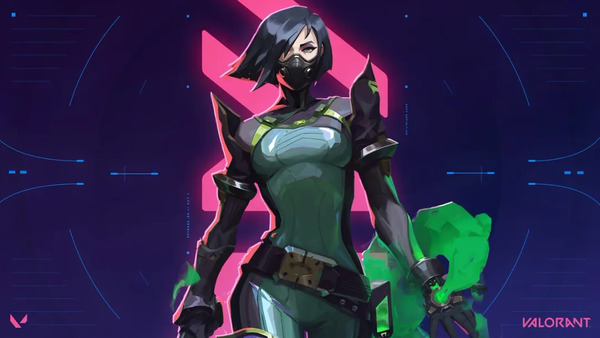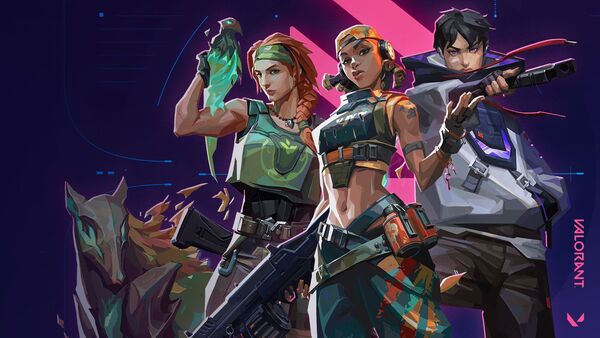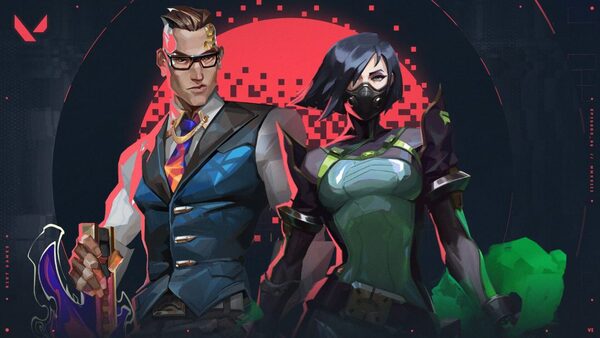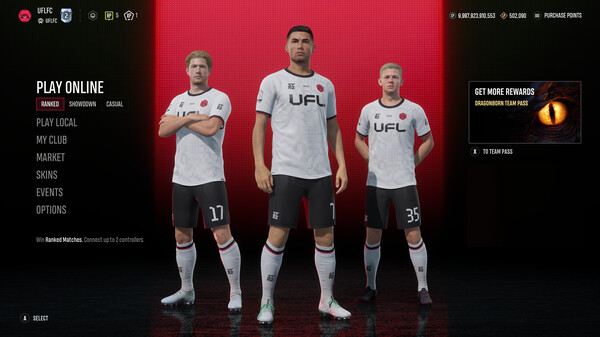Advertisement
Popular Now
Introduction
Valorant, developed by Riot Games, has quickly ascended to the top of the competitive gaming landscape since its release in June 2020. As a tactical first-person shooter, it marries the strategic depth of games like Counter-Strike with unique agent abilities akin to those found in Overwatch. However, with the introduction of a diverse cast of agents, balancing their abilities while maintaining competitive integrity has become a significant challenge for the developers. In this article, we will explore the complexities of agent diversity in Valorant, focusing on how it impacts gameplay mechanics, competitive balance, and player experience.
The Evolution of Agent Mechanics
The agents in Valorant are classified into four main roles: Duelists, Controllers, Initiators, and Sentinels. Each role has unique abilities that define their playstyle and contributions to the team. The introduction of new agents often comes with the expectation of fresh gameplay dynamics. However, this evolution raises questions about balance and the potential for one agent to overshadow another.The Initial Release
At launch, Valorant featured 11 agents, each designed to offer a distinct experience. Duelists like Jett and Phoenix were aimed at aggressive playstyles, while Controllers like Omen and Brimstone provided utility and strategic positioning. This initial roster allowed for various team compositions, encouraging players to explore different tactics and synergies.The Balance Dilemma
As players delved into the game, developers began to notice disparities in agent effectiveness. For example, Jett quickly became a favorite due to her high mobility and damage potential. This led to an influx of players choosing her over other agents, creating a meta that revolved around her abilities. Balancing such dynamics without alienating players who enjoy different agents became an early challenge for Riot Games.The Impact of Meta on Agent Selection
 The competitive nature of Valorant means that players often gravitate towards agents perceived as stronger in the current meta. This phenomenon not only affects individual player choices but also impacts overall team compositions. When certain agents dominate the meta, others may be neglected, leading to a lack of diversity in gameplay.
The competitive nature of Valorant means that players often gravitate towards agents perceived as stronger in the current meta. This phenomenon not only affects individual player choices but also impacts overall team compositions. When certain agents dominate the meta, others may be neglected, leading to a lack of diversity in gameplay.
Defining the Meta
The meta in Valorant is continually evolving, influenced by patches, player strategies, and tournament outcomes. For instance, the introduction of agents like Killjoy brought new strategies for site control and defensive setups. However, if these strategies become overwhelmingly effective, they can stifle the use of other agents and reduce the variety of gameplay experiences.Community Reactions
Players often express frustration over a stagnant meta, where only a handful of agents remain viable. This has led to a culture of “meta policing,” where players are criticized for choosing agents deemed less effective. Such an environment can deter experimentation and creativity, stifling the game's potential for diverse strategies. Riot Games frequently releases patches aimed at balancing agents, addressing perceived inequalities, and tweaking abilities to foster a healthier game environment. These changes can drastically alter the dynamics of gameplay, leading to shifts in the meta and player behavior.Patch 1.0: The First Major Balancing Act
Patch 1.0 introduced significant changes to several agents, addressing the dominance of certain characters while buffing others. For instance, Omen received adjustments to his teleport mechanics, making him less unpredictable. The aim was to create a more balanced approach while preserving his identity as a Controller.Community Feedback
While many welcomed the adjustments, others felt that some agents still required further tuning. Riot has employed a feedback loop with the community, actively encouraging players to voice their opinions on agent balance. However, balancing a diverse cast of characters is inherently complex, as changes can lead to unforeseen consequences across the gameplay spectrum. Another critical aspect of balancing agents in Valorant is the skill level of players. While certain agents may appear stronger, their effectiveness often hinges on the player's proficiency with their abilities. This leads to a nuanced discussion about whether balance should cater to new players or focus on the competitive elite.Skill Ceiling and Agent Complexity
Agents like Omen and Raze have high skill ceilings, requiring precise timing and map knowledge to maximize their effectiveness. In contrast, agents with straightforward abilities, such as Sage or Breach, might be easier for new players to grasp. Balancing these agents involves considering how well different skill levels can utilize their abilities, ensuring that each agent is rewarding for players of all abilities.The Importance of Training
 Riot Games has emphasized the importance of training tools to help players improve their skills with various agents. However, this also raises the question of whether more complex agents should be easier to play effectively. Finding the right balance is essential for fostering an inclusive environment where both new and experienced players can thrive.
Riot Games has emphasized the importance of training tools to help players improve their skills with various agents. However, this also raises the question of whether more complex agents should be easier to play effectively. Finding the right balance is essential for fostering an inclusive environment where both new and experienced players can thrive.

















